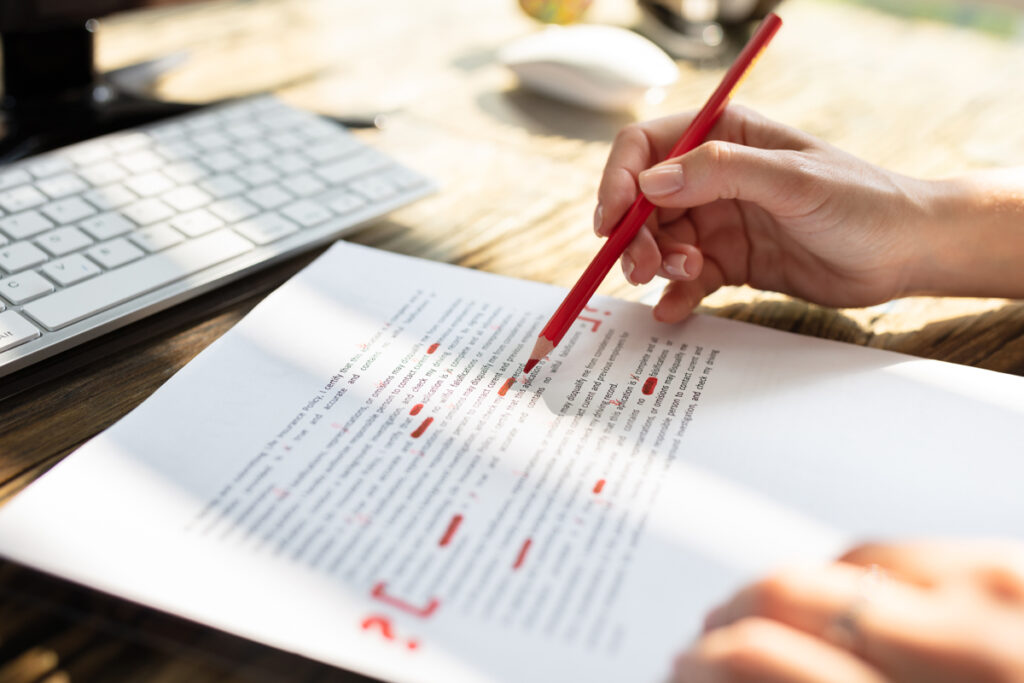Discoveries team member, experienced editor and Curtis Brown literary agent, Lisa Babalis gives us some invaluable insights on how to edit your novel ready to submit to prizes or agents.
Now you have sweated blood and tears to finish your novel, surely it is ready for submission? Unagented authors often feel that this is as far as they can go with their work before sending it to agents, publishers or submitting it to competitions like Discoveries. In fact, even published and represented authors edit their own work before sharing it with others, and even though you may be dizzy and sick of the sight of it, it is possible to polish your own work further very successfully.
FIRST…
…try to trick your eye into seeing the work anew – maybe print it out in a different font, or change the format onscreen, or send it to a kindle or ipad. Then settle into a comfy chair and read it through in one go. Then read it again, considering the following:
GENRE
While it is good to play with form and experiment, there is a reason that someone picks up a commercial women’s novel. The reader is looking for a certain emotional journey, with peaks and troughs and an ending that is satisfying and elevating. With crime, for example, you cannot introduce the killer near the end, the reader needs to have a fair crack of the whip at working out the mystery. It is cheating if they are not there from the start! Does your novel fulfil the expectations of your potential reader? If not, is the way in which you subvert those expectations equally satisfying?
PACE
This is really an area to take your temperature as a reader. If you can’t put the book down and you have to know what happens, the pace is right… conversely, if the murderer is about to be unmasked and you wander off for a cup of tea, we have a problem! Make sure that your attention is held and cut out any scenes that don’t move the action forward in some way. Every scene should be working hard, revealing new information, developing the characters and advancing the plot. Readers will add more subconsciously, so don’t repeat scenes!
PLOT
Do things happen in the right order? Is the plot believable? Does it feel balanced? Is the ending rushed? In a crime or thriller, you want the pace to pick up in the third act, but not so much that the reader feels fobbed off! In a literary novel, more can happen internally, but the reader still wants to have been taken on a journey emotionally and intellectually.
CHARACTER
If you have a romantic novel starring a self-obsessed meddling vacuous heroine and a superior grumpy know-it-all are the characters a turn off to the reader? Or is it Emma? Characters must be relatable and authentic, if not necessarily likeable. Make sure that you know your characters inside out – do not mistake giving them a lisp or catchphrase as enough to build character. They must feel real, fleshed out, and their actions must reflect who they are.
TONE/VOICE
This a nebulous concept and the hardest to edit/fix. Some examples of very stylised writing are magical realism, noir, science fiction, or what I think of as translation, e.g. the sublime Elena Ferrante. These can be done exquisitely… but they also spawn a million terrible imitations by devoted fans. You will have to trust your own abilities here – is this treasure or a pale imitation? You need to find your own comfortable voice, which may not necessarily reflect what you choose to read for pleasure.
NARRATIVE
Is your writing first person or third person, or a mix – and is it consistent? If not, is the switch working? If your work is switching between narrators, are they distinct from one another?
DIALOGUE
This must sound natural – the best dialogue I have read tends to be in books by actors – they clearly practise it out loud when they are writing and think about patterns of speech for each person. It is another tool in building up a character. Think of Mrs Malaprop, or Bridget Jones, for example, they always sound like themselves! Also think about the balance of the writing – too much speech and you have a script, too little and you have flat description. Dialogue is another tool in the writer’s arsenal.
PLACE/SETTING
Do you feel where you are? If it is set in LA for example, do you get heat, and sea air, and palm trees? Do you feel like you are somewhere in particular? How does the landscape affect the action and the people?
VISUAL/PHYSICAL STRUCTURE
What I mean by this is the actual look of the text. A whole book without chapter breaks is visually exhausting for the reader, ditto big blocks of text without paragraph breaks. The eye needs air and space! And it can create a real impact in the text in terms of emphasis. If the author is changing to a new voice, italics or a different font help the reader to ground themselves instantly.
OFF THE PAGE
Keep the back story of your characters and their history firmly in mind – this should hopefully avoid unintentional unexpected plot turns, and odd actions. I often ask – but what is happening off the page? When did this happen in the past? Why is this character doing this now? You need to be an armchair psychologist sometimes, to make sure that the actions in the narrative feel believable and well-timed…
FACTS
I always check things, from my years as a sub editor, it’s a habit I can’t shake. Getting things right makes the book look polished, just as taking care with spelling, it just feels considered and elevated.
SENSITIVITIES
What is most helpful here I think is to consider whether the market and the commissioning editors will find the stories and attitudes in your novel palatable and by extension publishable. Try to think of it dispassionately and objectively. Make yourself the object of the sentence (eg, all middle-aged editors at literary agencies are failed wannabe writers) – if you find it offensive like that then chances are it IS offensive! Whether you agree or not, don’t put more obstacles in your own path – the aim is publication. Best of luck!
[Original article can be found on the Curtis Brown Creative website]
Keep updated with all Women’s Prize news and updates here!



